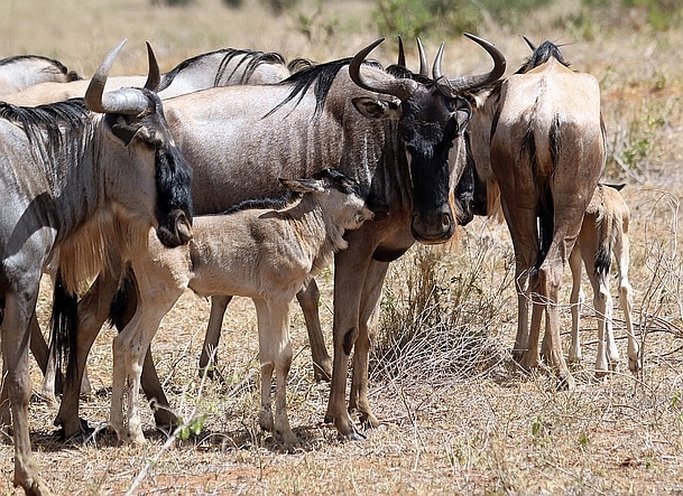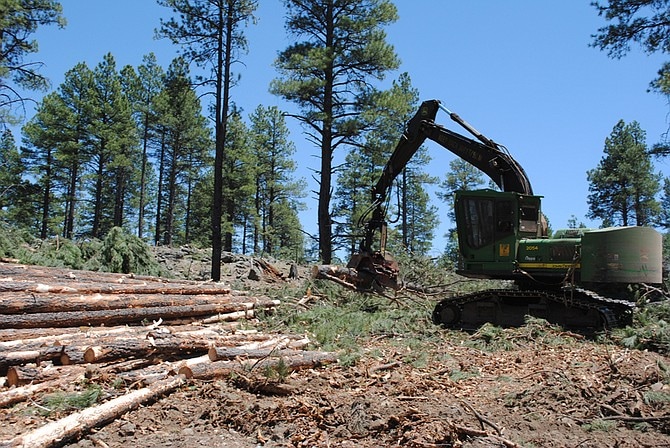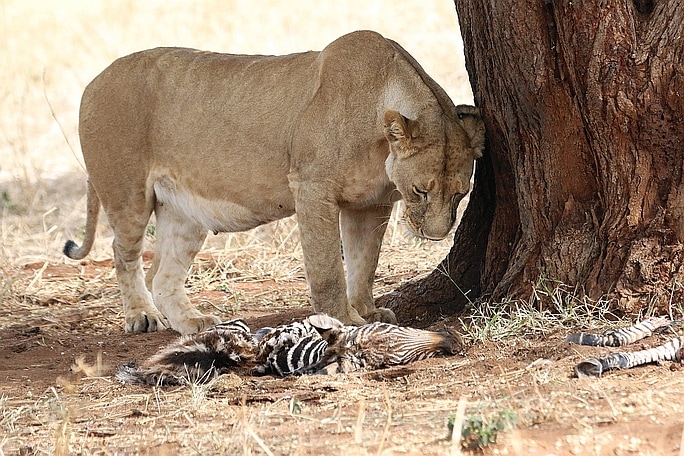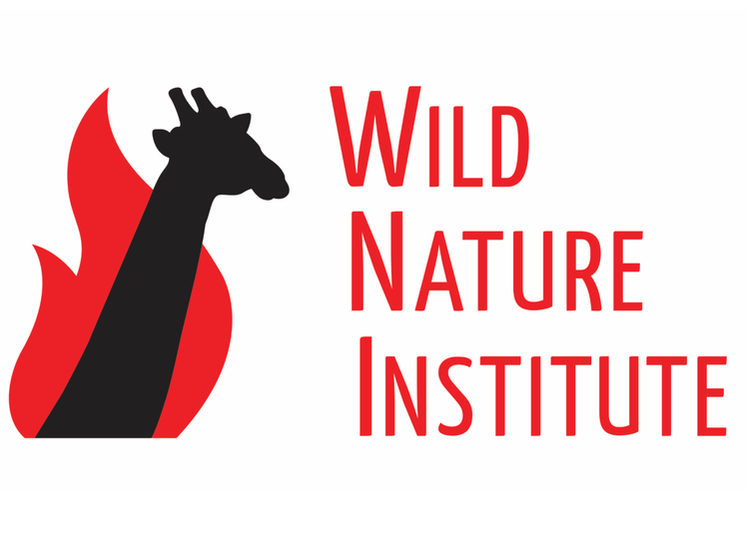 Wildebeest and her newborn calf in Tarangire National Park. Calves are not normally born there, but the drought has driven migratory animals into the park seeking water. Wildebeest and her newborn calf in Tarangire National Park. Calves are not normally born there, but the drought has driven migratory animals into the park seeking water. In Summary: Drought has left wildebeests and zebras of the Tarangire Ecosystem in northern Tanzania without food or water on their calving grounds, disrupting their normal migration and forcing them to give birth near the Tarangire River. Tanzania is experiencing a drought after the short rainy season failed to deliver much-needed rainfall during recent months. The landscape across the Tarangire Ecosystem of northern Tanzania is now unseasonably dry, and where the ground would normally be a carpet of green, grasses and herbs are now in short supply. Normally, at this time of year, the long-distance migratory wildlife like wildebeests and zebras would be on their calving grounds on the short-grass plains near Gelai and Simanjiro, far from the Tarangire River. However, the lack of water and food on the calving grounds has forced pregnant wildebeests and zebras to return early to Tarangire National Park to give birth, a disruption of their normal migratory behaviour with uncertain consequences. The Tarangire Ecosystem is defined by the long-distance migration of wildebeests and zebras between their dry-season range along the Tarangire River in Tarangire National Park, and their wet-season calving grounds on the Northern Plains and Simanjiro Plains outside the park. The reason for the migration is that the greater nutritional content of the grasses on the calving grounds support lactation and calf growth, but the less nutritious grasses near the river do not. Wildlife migrations are an endangered phenomenon in the world and there are only three remaining wildebeest migrations in Africa. The Tarangire migration supports the Tarangire Ecosystem as an important source of wildlife tourism revenue for the country but the ecosystem is largely unprotected and the population of wildebeests has plummeted from 40,000 in the 1980s to only 7,000 today. Conservationists fear this disruption could exacerbate the Tarangire wildebeest’s already precarious situation, which is why Wild Nature Institute has prioritized protection of the Northern Plains migration route. It remains to be seen whether the wildebeest calves now being born in Tarangire National Park will survive, given the poor forage quality there. If this year’s crop of wildebeest calves is lost due to the drought, the population will have a harder time recovering from its already depleted numbers. On the positive side, the unusual presence of so much easy prey in Tarangire National Park is likely helping the lions and other predators that live there. Lion numbers have been steadily declining in Tarangire due to illegal killing when they leave the safety of the park. Giraffes too should see unseasonably high calf survival as the lions and hyenas concentrate their predation on wildebeests and zebras. The current drought situation highlights the interconnectedness of all parts of a functioning ecosystem, and how a natural disruption can push endangered wildlife populations over the edge when they are already suffering from human-caused habitat loss and illegal killing.
0 Comments
 Thinning logging in Arizona. Thinning sabotages natural forest adaptation to climate change. Photo courtesy USDA Forest Service Thinning logging in Arizona. Thinning sabotages natural forest adaptation to climate change. Photo courtesy USDA Forest Service By Derek E. Lee, PhD The USDA Forest Service is proposing widespread forest thinning on our public lands across the West in a misguided attempt to reduce the impact of drought, fire, and insects (see National Forest Restoration Projects, Sierra Nevada National Forest Land Management Plan Revisions, news articles). These logging schemes are the latest in a series of Forest Service attempts to chainsaw their way out of a perceived problem. However, forests in the western United States have evolved to naturally self-thin uncompetitive trees through forest fires, insects, or disease. Forest fires and other disturbances are natural elements of healthy, dynamic forest ecosystems, and have been for millennia. These processes cull the weak and make room for the continued growth and reproduction of stronger, climate-adapted trees. Remaining live trees are genetically adapted to survive the new climate conditions and their offspring are also more climate-adapted, resistant, and resilient than the trees that perished. Without genetic testing of every tree in the forest, indiscriminate thinning will remove many of the trees that are intrinsically the best-adapted to naturally survive drought, fire, and insects. Recent studies have demonstrated that genetic variation is high within populations of forest trees, with especially high diversity found at the lower latitudes and altitudes that form the edges of a species’ distribution. Local genetic and epigenetic variation makes some individuals naturally more likely to survive drought, fire, and insect outbreaks. This is because ecotones, or transitional areas, are where each species experiences the most extreme climate conditions that it can survive, the lowest elevation and latitude boundary. These natural edges are where trees with the most resistant and resilient adaptations are found. It is also where significant mortality is to be expected as part of the process where the distribution of tree species shifts north and uphill in our warming climate. After forest fire or insect-caused mortality, green forest naturally regenerates without any need for expensive human interventions. Locally climate-adapted tree seedlings sprout and grow, and nitrogen-fixing shrubs and forbs replenish the soil and curb erosion. In the meantime, standing dead trees, snags, and logs provide critical food and shelter for many types of wildlife. Seedlings used in most Forest Service replanting efforts are bred for timber production, and although breeding programs are now looking for drought and temperature tolerance, there is a natural breeding program already underway that costs nothing and ensures the most locally adapted individuals will resist and persist as the climate warms. Weather and climate data are painting a clear picture of warmer, drier summers across most of the western United States. Forest fires are strongly correlated with the Palmer Drought Severity Index where drier years make bigger fires, so people living in fire-prone areas need to be prepared for wildfire as an inevitable occurrence, and take all precautions to protect their homes with defensible space and ember-stopping attic vent screens. Thinning the forest within a hundred yards from structures and some minor fireproof retrofitting are the only practices proven to protect homes and communities from wildfire. The West is getting drier than it was in the recent past, and that will require some adaptation, particularly in light of the significant recent human population growth in rural areas. We must also understand that recent fires are not unprecedented in size or severity as is often claimed by people who make money cutting our trees. The early 20th century sometimes saw 30 million acres of forest burn, and that was before widespread fire suppression, so fuel buildup is not the looming fire monster some folks who profit from logging have made it out to be. The world is an inherently dynamic and changeable environment, and generally the cost of fighting change is much more expensive than adapting to it. Studies referred to are: Kolb, T.E., Grady, K.C., McEttrick, M.P. and Herrero, A., 2016. Local-scale drought adaptation of ponderosa pine seedlings at habitat ecotones. Forest Science, 62(6), pp.641-651. Prunier, J., Verta, J.P. and MacKay, J.J., 2016. Conifer genomics and adaptation: at the crossroads of genetic diversity and genome function. New Phytologist, 209(1), pp.44-62. Pinnell, S., 2016. Resin duct defenses in ponderosa pine during a mountain pine beetle outbreak: genetic effects, mortality, and relationships with growth. PhD Thesis, University of Montana, Missoula. --- Dr. Derek E. Lee is an independent biologist. Born and raised in the rural West, Dr. Lee writes about the intersection of Western ecology and economy. |
Science News and Updates From the Field from Wild Nature Institute.
All Photos on This Blog are Available as Frame-worthy Prints to Thank Our Generous Donors.
Email Us for Details of this Offer. Archives
July 2024
|
|
Mailing Address:
Wild Nature Institute PO Box 44 Weaverville, NC 28787 Phone: +1 415 763 0348 Email: [email protected] |
|


 RSS Feed
RSS Feed
